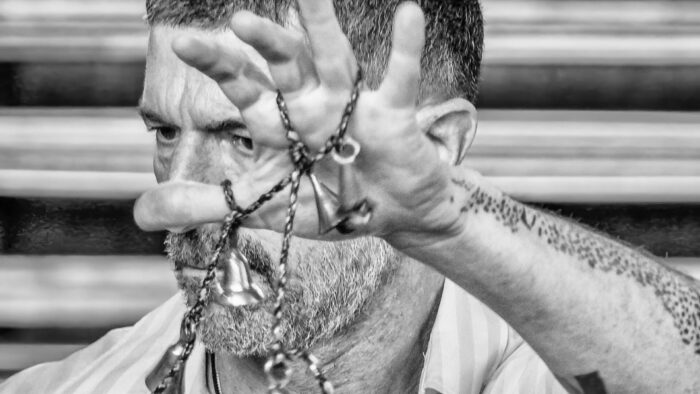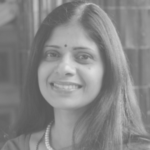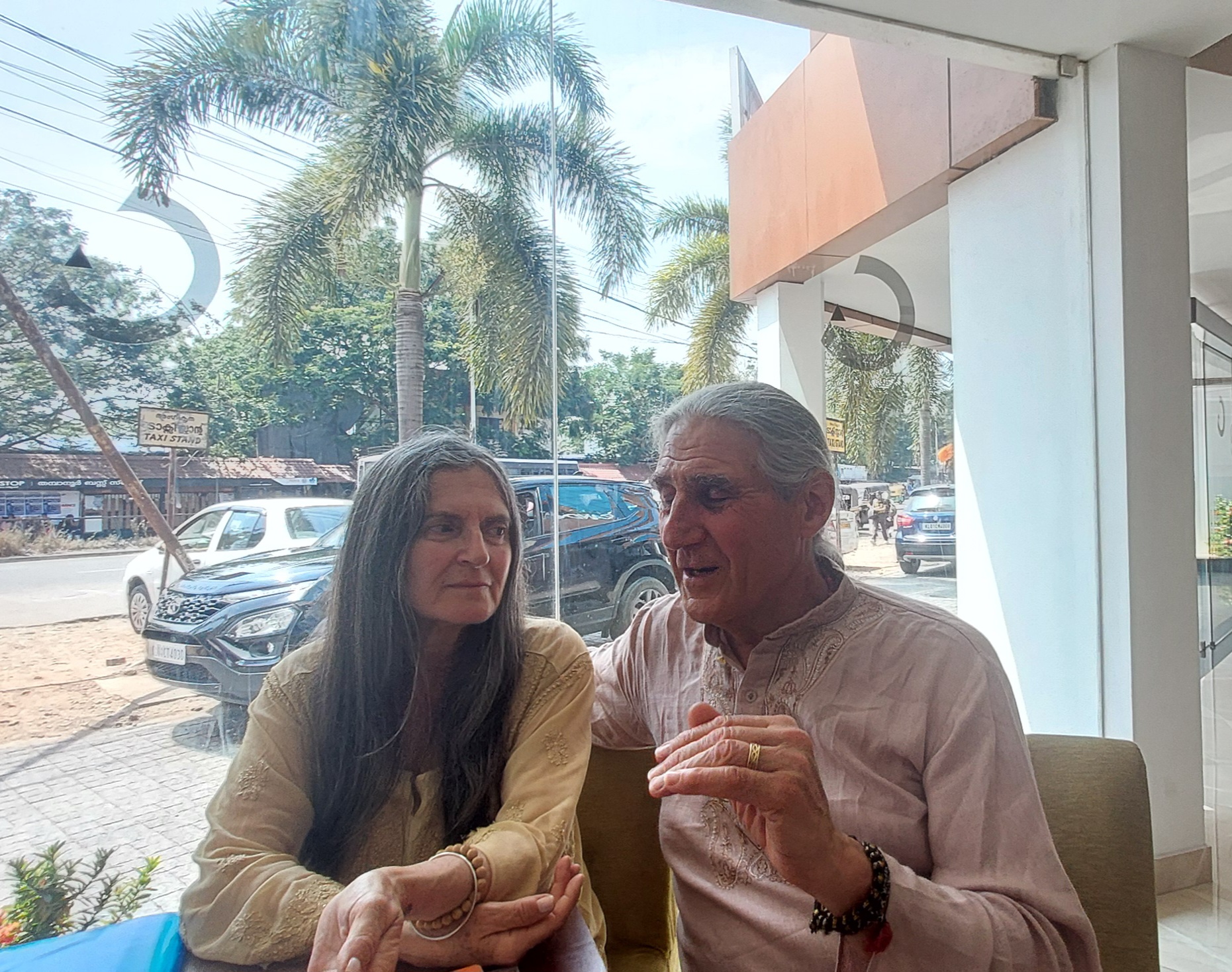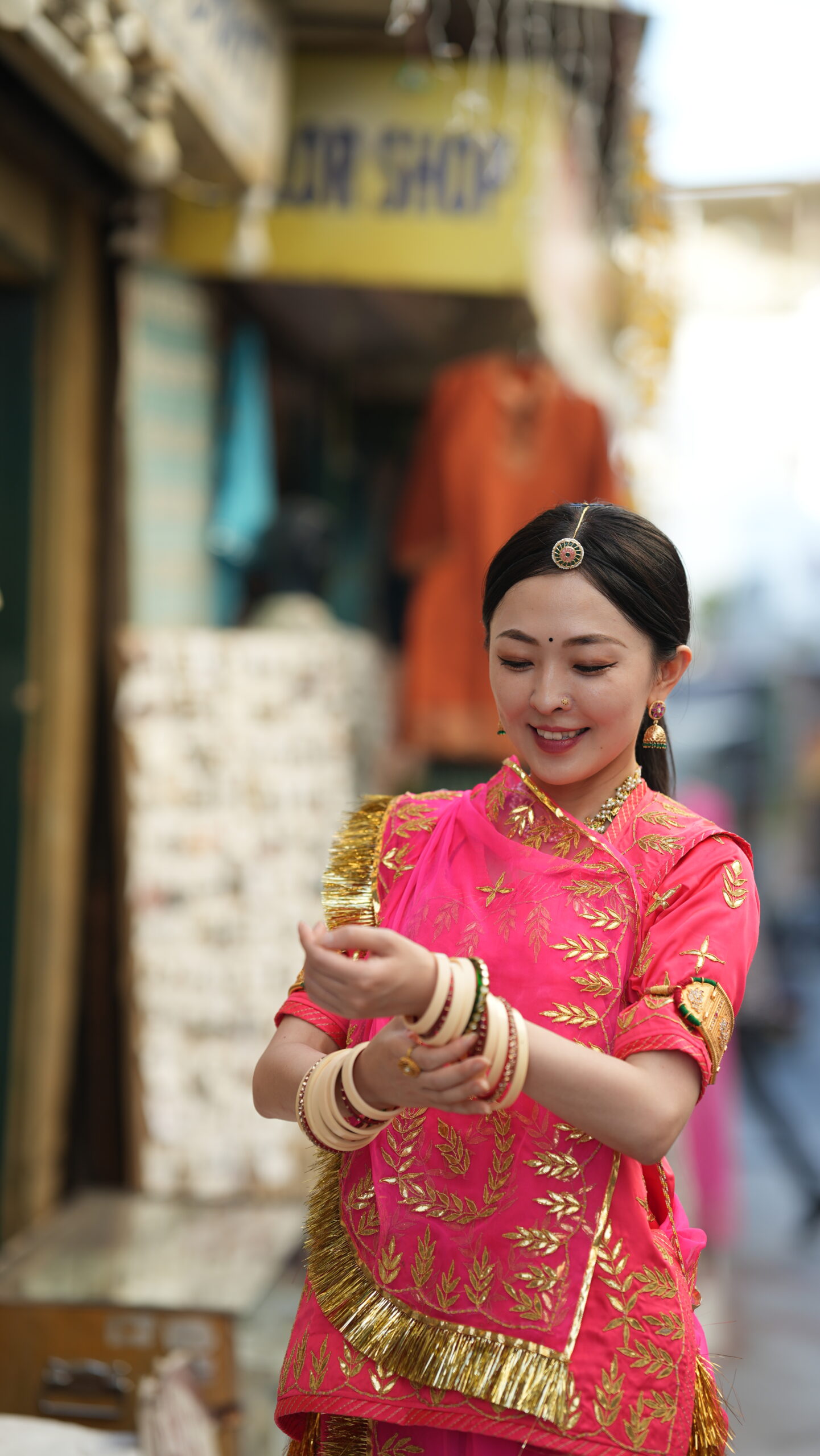In this conversation, jazz drummer Alfred Vogel shares his lifelong fascination with Indian sounds and rhythms. From the hypnotic pull of the sitar in his childhood to the mathematical brilliance of Carnatic cycles, his journey reveals how deeply Indian traditions have shaped his improvisations and world view. What emerges is not just a story about music, but about respect, devotion, and the universality of rhythm as a bridge between cultures. Photo credit: Robert Fischer
What are your earliest recollections of Indian music and sounds?
I think the earliest was probably when I was a kid in the 70s and I heard the song Tomorrow Never Knows, with Ravi Shankar on sitar. The sound of the sitar really pulled me in—strange and beautiful, with a hypnotic feel at the same time. Later, Shakti with John McLaughlin became quite popular among young jazz musicians, and I was immediately drawn to the percussion and rhythms. The virtuosity of tabla players and Indian music in general fascinated me. Another important influence was a record by New York-based drummer Dan Weiss, who is also a brilliant tabla player. His ability to adapt Indian phrasing and rhythms to the drum set is outstanding. Finally, I came across Pete Lockett’s book Indian Rhythms for the Drumset, which introduced me to the common phonetics (syllables). That really helped me get deeper into it.
How do you think the West and East differ in their approach to music?
The West is very rational and analytical, even mathematical, in its approach to learning rhythm. I once worked with a master drummer from Ghana, Kofi Quarshie, who taught me about the West African approach—where everything is about clave and its relation to the percussion ensemble. In the West, we are always searching for the “one,” and Western classical music is very focused on that downbeat. What I like about Indian, especially Carnatic, music is the more phonetic and embodied approach—using clapping, waves, gestures, and above all trusting your body. After all, the body is what produces the sound. That makes the Eastern approach more holistic, engaging all your senses and intellect.
Have you had the chance to play with Indian musicians? What has been your experience?
Unfortunately, not yet. But I would say I use a lot of the phrasing I’ve learned in my rhythmical approach and improvisations. The understanding of subdivisions became very important to me, and they are a lot of fun to play. Also, I love the idea that there are no “odd meters”—only different pulses.
Is it difficult to learn Indian music, since even instruments follow the vocal traditions?
I once read in a book by Joachim Ernst Berendtwho was instrumental in the evolution of world music and helped connect artists like Ravi Shankar and John Coltrane—that before young kids in India even touch a tabla, they spend months just listening to the master drummers. I love that idea of devotion, patience, and passion in developing skills. Learning music is a lifelong process. So yes, it is difficult, but it is also fun and deeply rewarding.
Do you think collaborations create new ways of engaging and appreciating each other’s cultures?
Absolutely. Music is a universal language. I’ve met so many people around the world through music, and only good things have come out of it. Music connects people—it also challenges us. But when you go through those challenges, you grow, both as a musician and as a person. Without respect and appreciation of other cultures, music cannot really move forward.
How does introducing elements of Indian music transform or add to your music?
I try to express myself as fully as possible through music. Understanding the world, or at least trying to, is a lifelong journey. Studying different traditions helps me become a better musician. The Carnatic cycles and subdivisions flow into my improvisations in an eclectic way. Of course, I don’t try to sound like an authentic Indian musician, but I do try to develop my own language while also understanding and communicating in the other direction.
What are the new frontiers in music that excite musicians nowadays?
For me, rhythm is still the next big thing—despite everything AI can already do with it. The combination of rhythmic knowledge with human feel and intuition is unbeatable. Music made by humans for humans will always remain powerful, and I think it might even become more valued once people realize the flatness of algorithm-driven playlists. Playing or listening to music in a collective—with other humans, or even animals—is still the most beautiful and real thing. That’s when I truly feel alive.
Music in Indian traditions, and others, is often about divinity. What are your thoughts on this?
Playing music without being aware that something greater is speaking through you doesn’t move me. Music connects not just with people, but with the universe. Think of the Big Bang—it was one huge sound, maybe like a massive bass drum. Humans are a musical species: our voice makes tones, our breath is in two, our heartbeat in three—that’s two over three, for life. When one stops, life stops. How can music not be divine? It is bigger than anything we will ever fully understand. But at least, through music, we can try.





